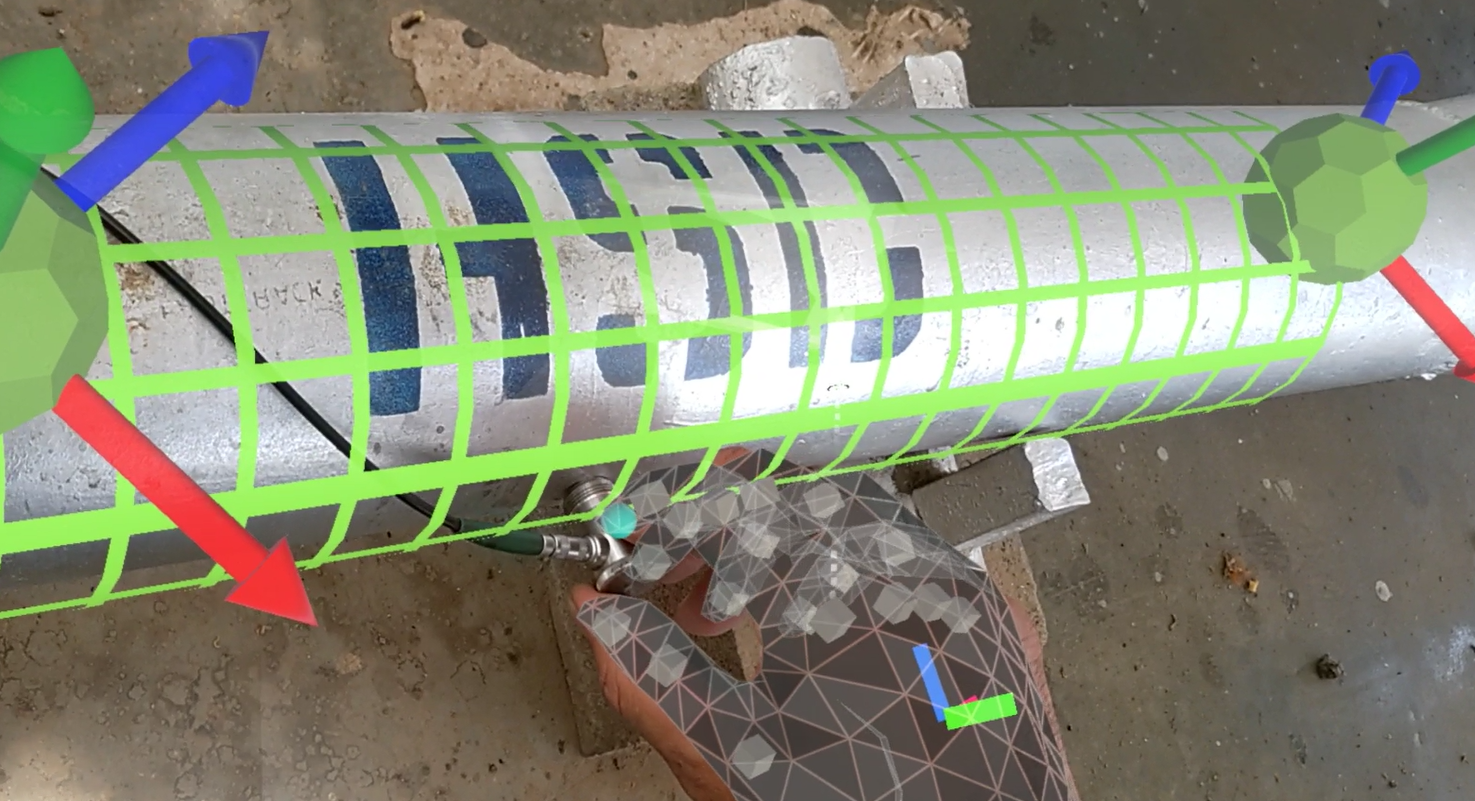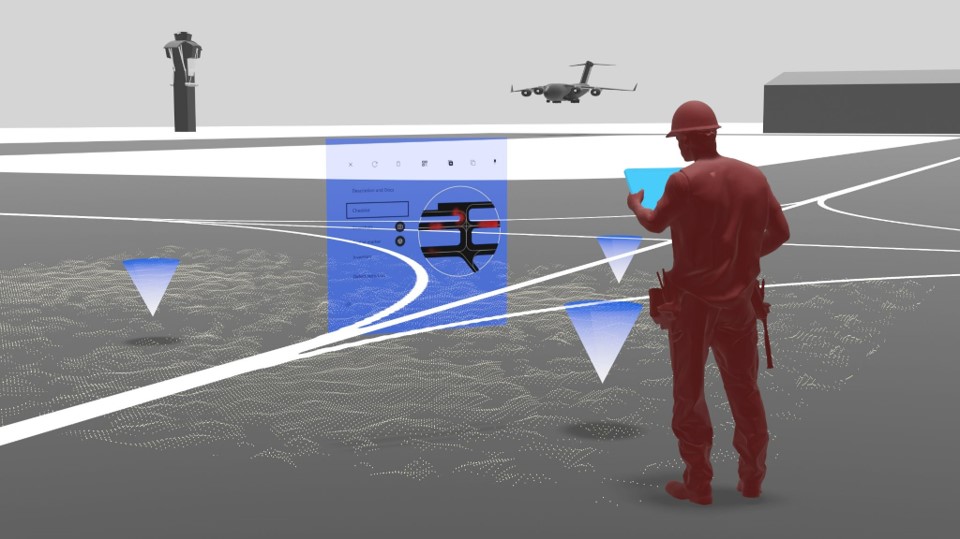The U.S. Navy keeps exploring Augmented Reality for shipyards
.png)
Introduction
As we continue monitoring the SBIR program, the funding track where small businesses receive research projects from various branches of the US government, we saw the new request from the Navy N241-043: Extended Reality (XR) for Use in Naval Shipyard Industrial Environments. The Phase I project with up to 1 year duration and a maximum value of $240,000 should result in a concept tailored to the shipyard's context.
Background
There are 4 active Navy shipyards (Portsmouth, Norfolk, Puget Sound, and Pearl Harbor) and numerous private shipyards across the country employing well over 50,000 people and serving 75-100 ships per year. Shipyards are of strategic importance to national security. Unique capabilities, like submarine construction or nuclear refueling, make them irreplaceable assets for specific types of vessels.
What solution is requested
Unlike a very specific RFP from the Air Force published in the same cycle, the Navy's request is about almost everything. The objective reads as follows:
Develop extended reality (XR) solutions to combat safety mishaps and, decrease repair/maintenance times, additional travel expenses, re-work, congested areas, and unnecessary breakdowns and repairs in naval shipyards.
If you are new to various XRs refer to our overview article analyzing the anatomy of VR, AR, MR, and their respective use cases. VR and AR/MR are quite different and are applied in their specific context. The Navy recognizes this and asks for the following solutions for each of them:
- The objective is to develop a VR solution to modernize operations and amplify physical mockup training by creating immersive training environments, streamlining the creation and sustainment of technical documents, and enhancing mechanic, technician, and engineering services.
- The objective is to develop an AR solution to allow for remote assistance and communication in real-time using digital tools. These devices would be the eyes and ears of the expert and the on-site professional can act as the surrogate body to accomplish the work.
- The objective is to develop MR to provide enhanced information to the inspector. The user can be taken through the inspection process where settings, states, locations, and parts can be presented to the inspector who can compare expected values and verify with automated visual confirmation and has the ability to alert the user when results are outside expected values.
We applaud someone acknowledging the benefits of XR so well. Especially the inspection piece is well-written as if somebody read our article about the importance of spatial awareness. How Apple Vision Pro that entered the market in 2024 will impact this development remains to be seen.
Conclusion
In 2019-2020 when the DOD's interest in XRs was at its peak (there were 3+ AR/VR SBIRs every cycle) a project like this would indeed require substantial R&D. In 2024, solutions for each of these niches are available commercially, some of them are mature and excellent. We hope that the Navy gets through the ideation and prototyping phase swiftly catching up on the latest advances and starts benefiting from the superpowers of spatial computing.
.svg)

.svg)





.png)
.png)
.png)
.png)
.png)
